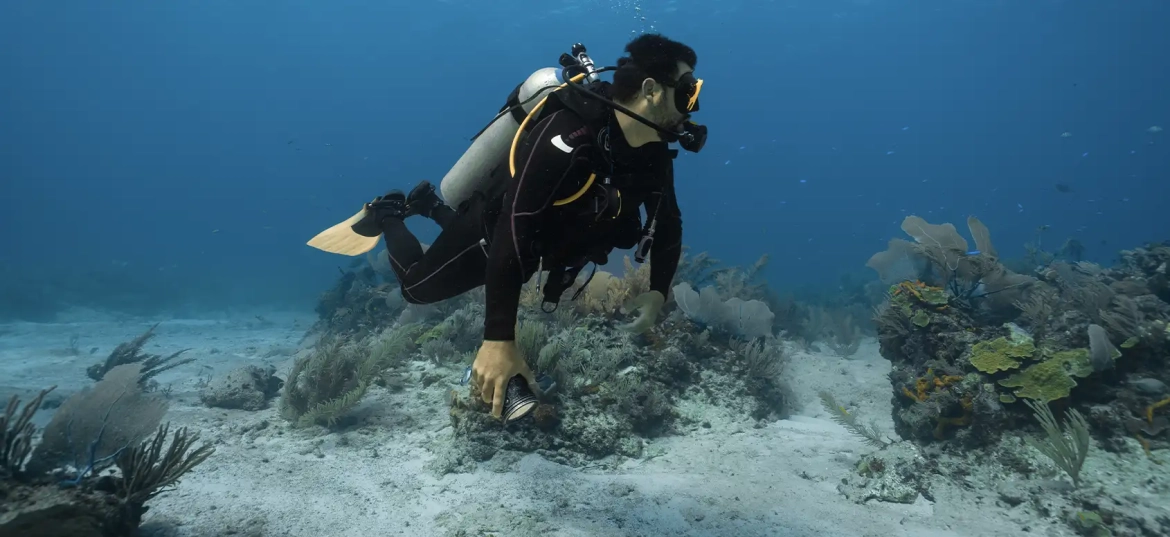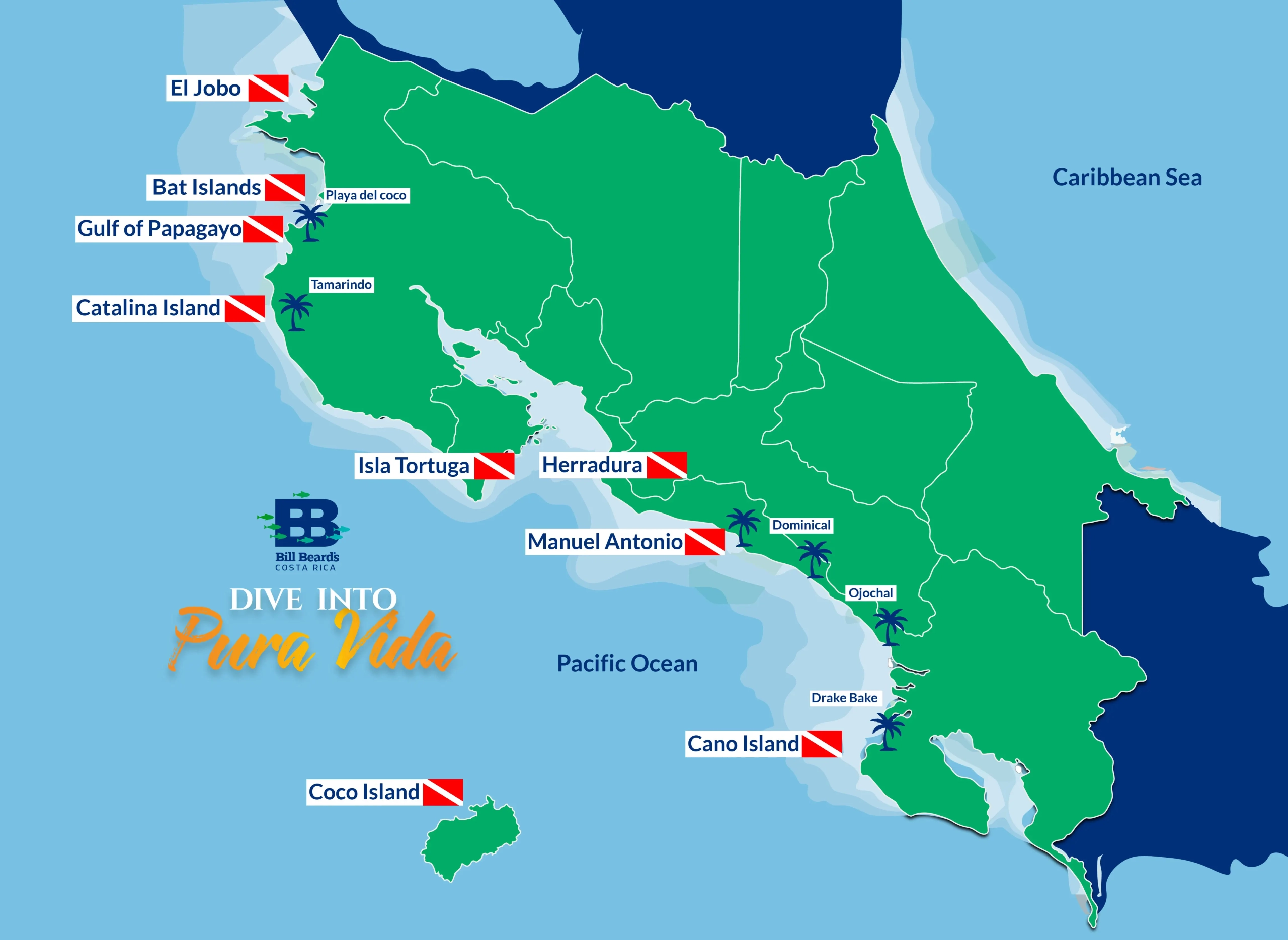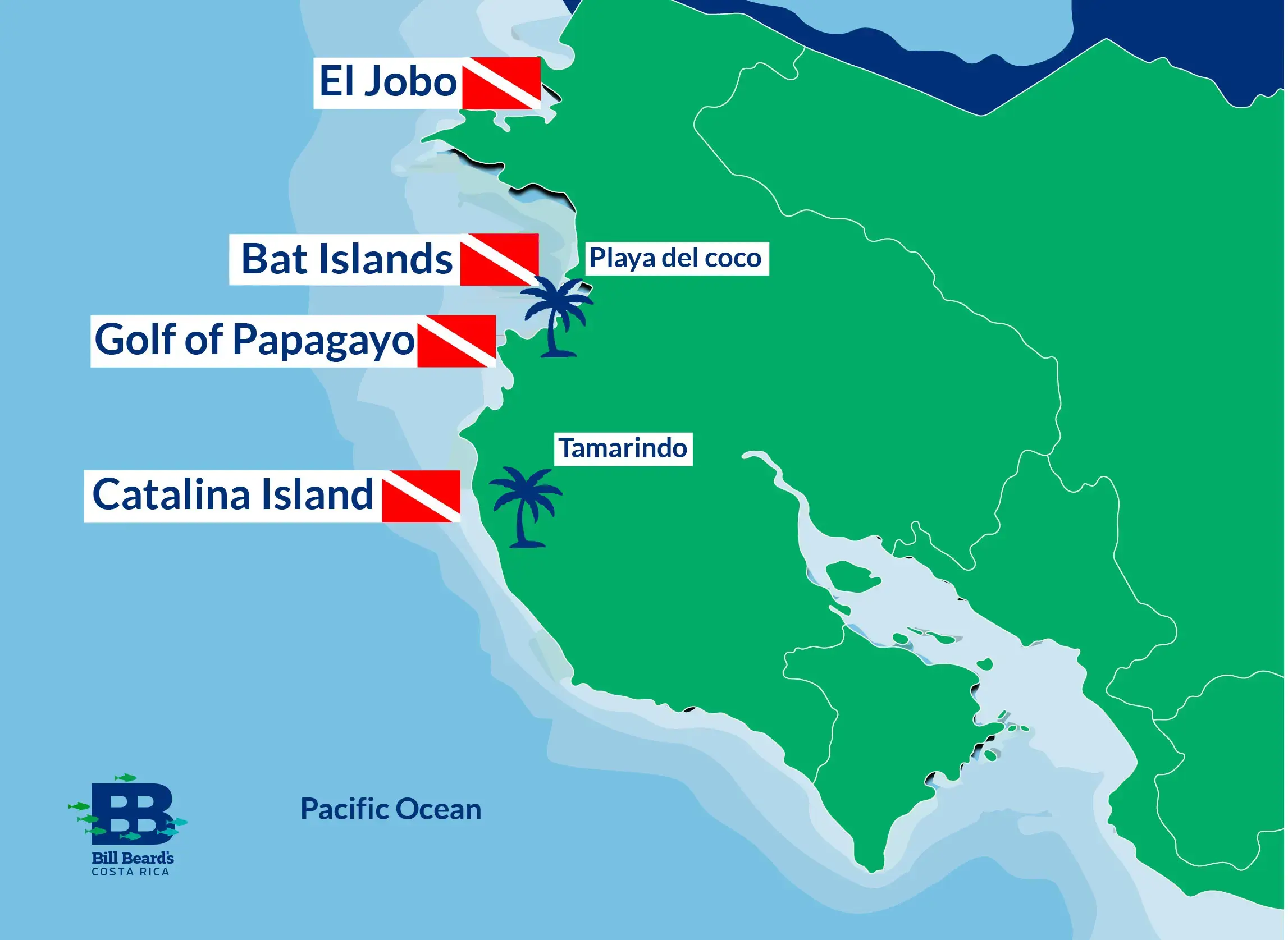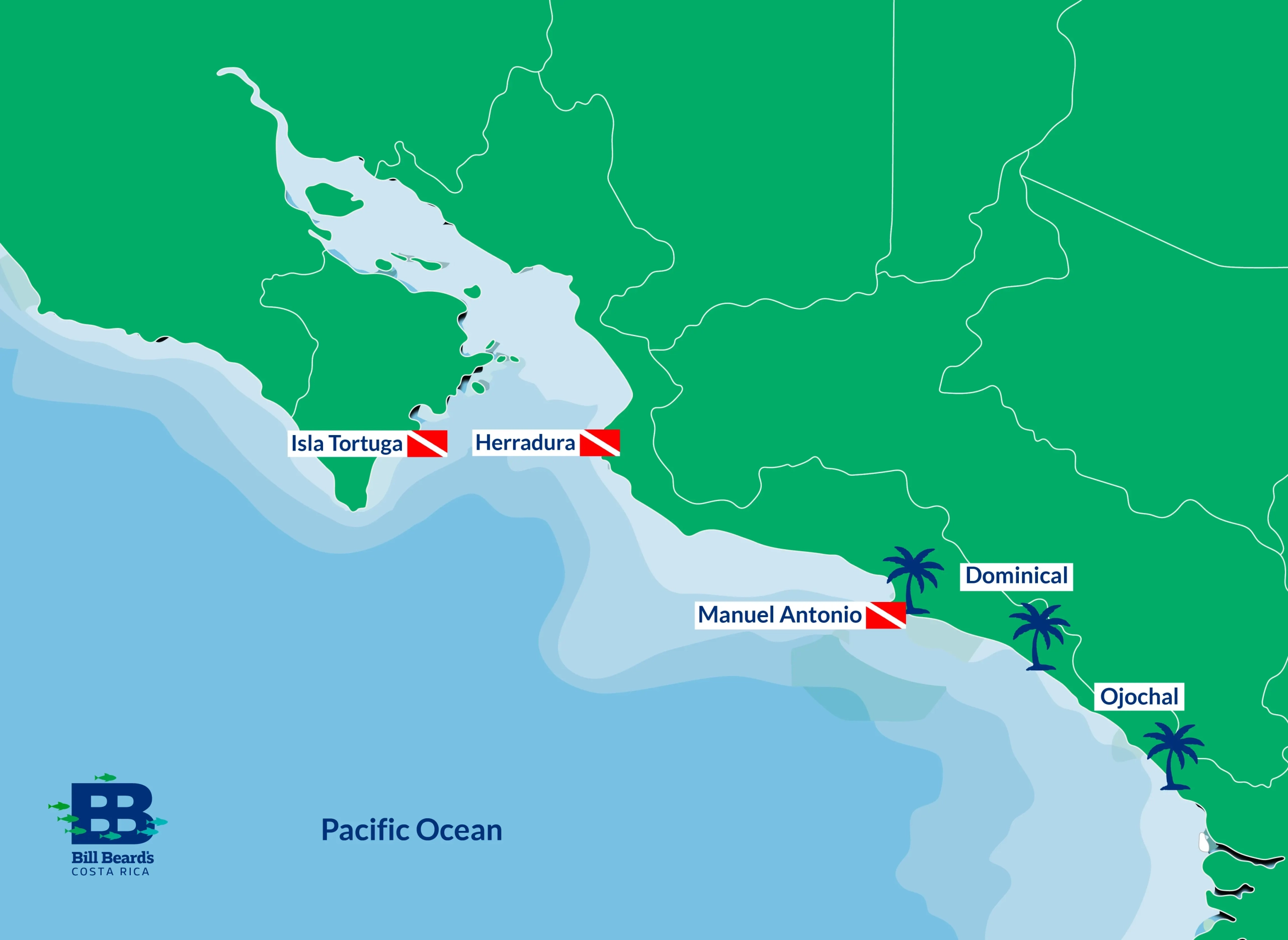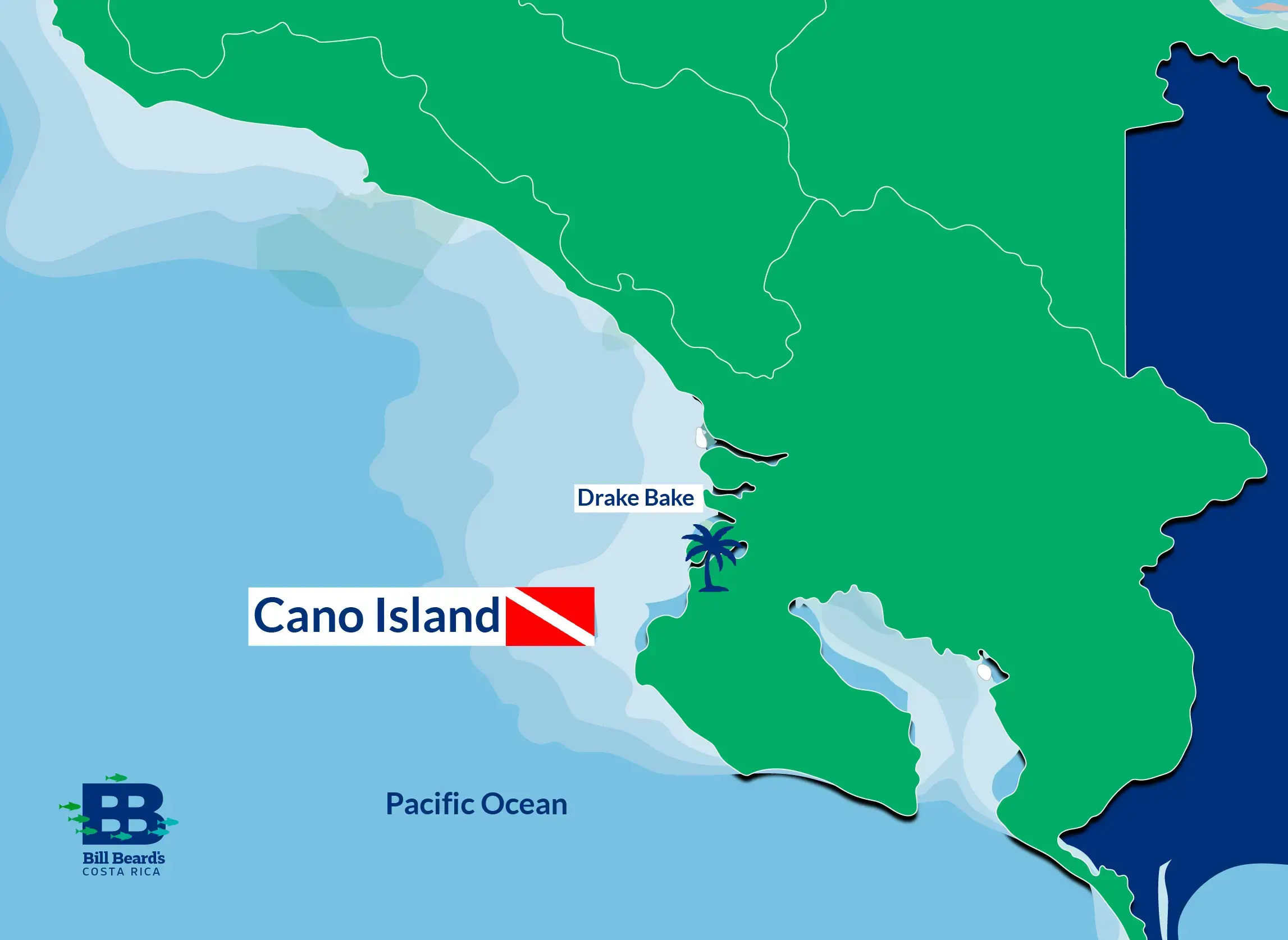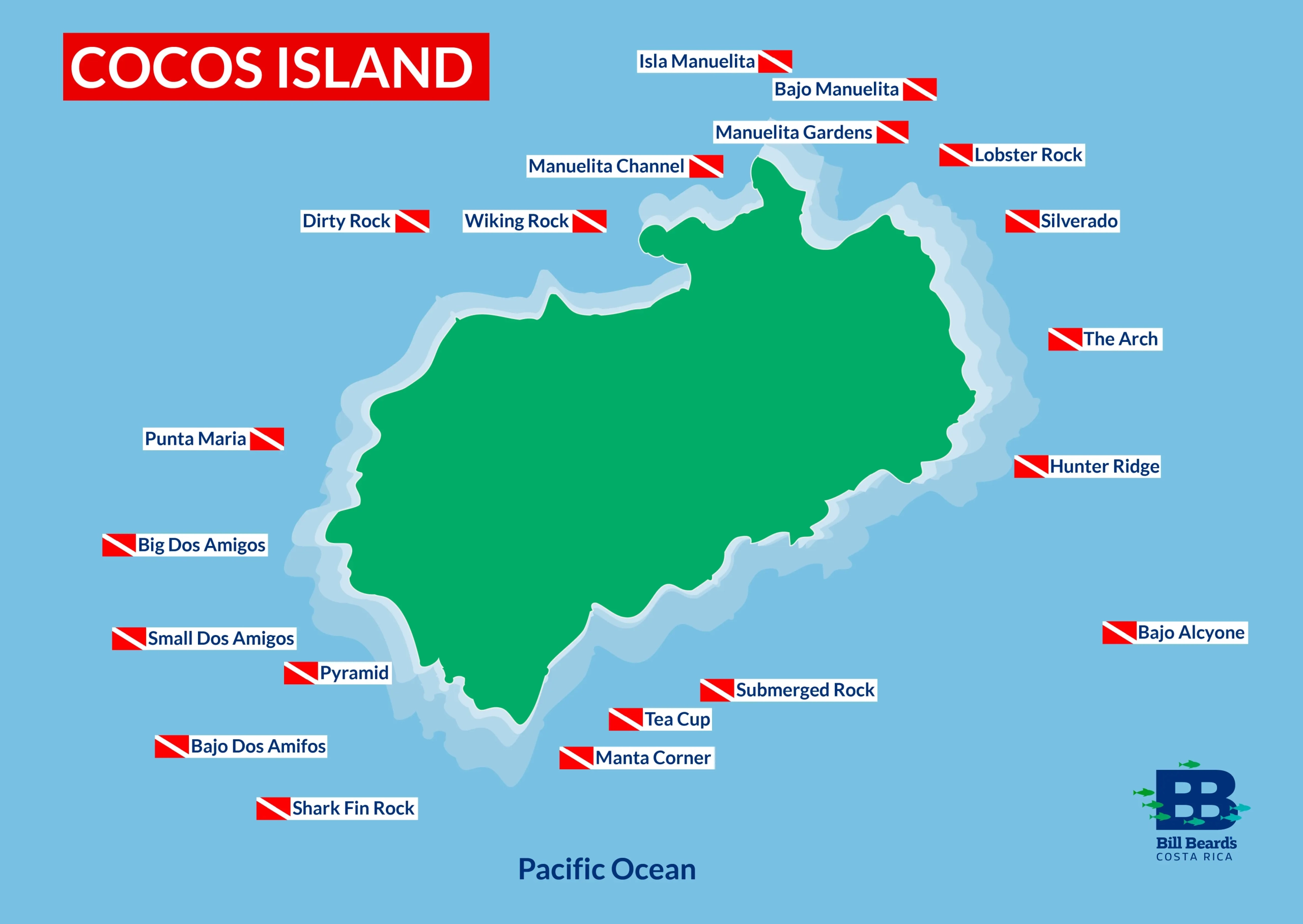Gulf of Papagayo
Overview:
Costa Rica’s top dive zone — easy to reach, diveable year-round, and packed with marine life. Perfect for first-timers and seasoned divers alike.
Top Marine Life:
Eagle rays, sea turtles, octopus, frogfish, seahorses, harlequin shrimp, nudibranchs, and large schools of jacks, grunts, and snapper. Schools of white-tipped reef sharks are often seen taking a siesta on the sandy bottom.
Best Time to Dive:
Year-round access. Best visibility and calm conditions from December to May.
Experience Level:
Beginner to Advanced. Multi-level dive sites ideal for mixed groups and new certifications.
Type of Diving:
Volcanic pinnacles, reef slopes, easy navigation, macro hotspots.
Access & Logistics:
Launch from Playa Hermosa, Playas del Coco, Flamingo or Tamarindo. Boat rides: 10–20 minutes.
Insider Tip: This is the best place to learn or refresh your skills — and macro photographers love the detail here.
Top Diving Tours in Gulf of Papagayo
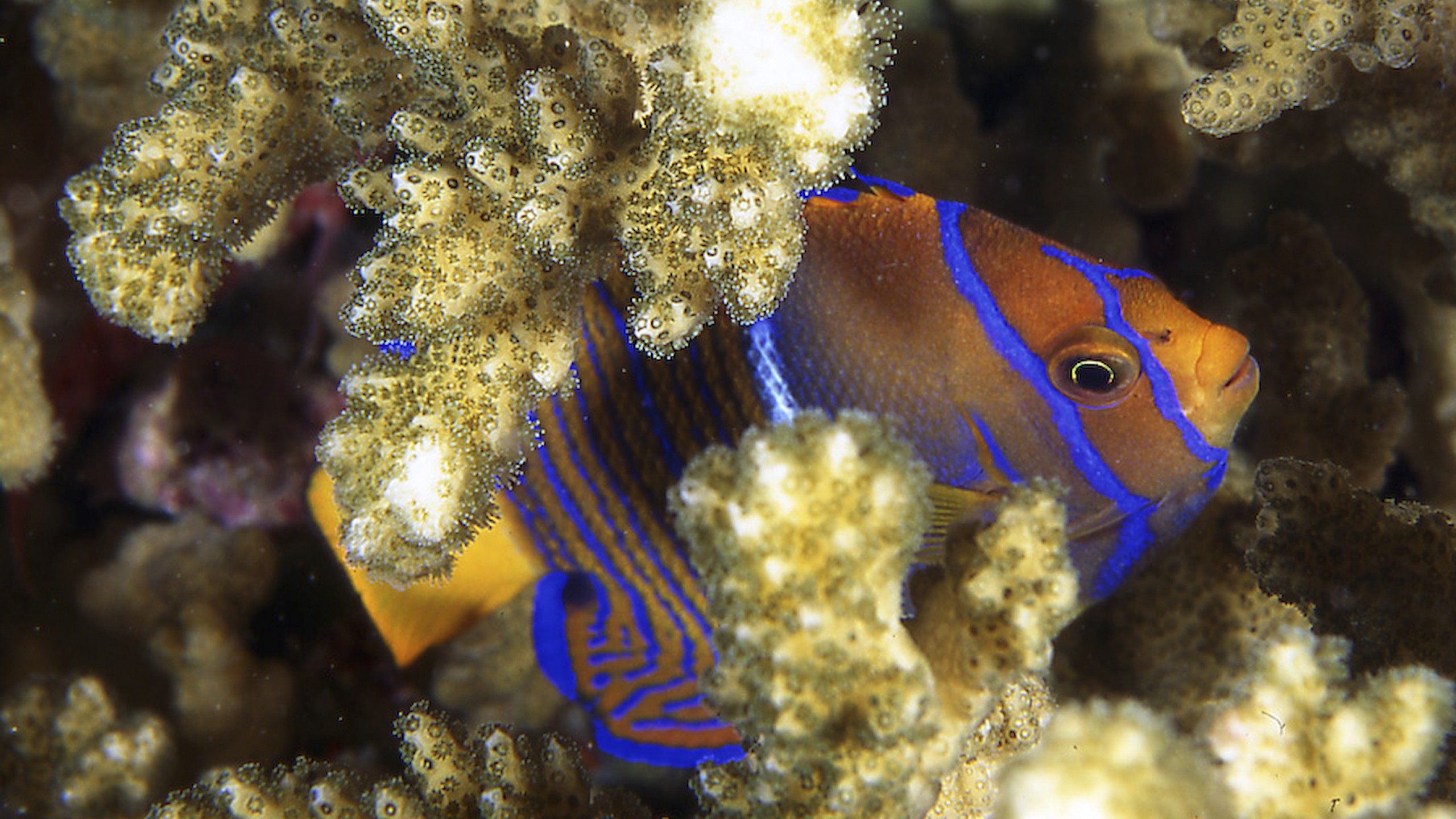
From: $190
2 Tank Dive – Dreams Las Mareas
We will meet you at the beach to head out to one of many dive sites in the Jobo area.
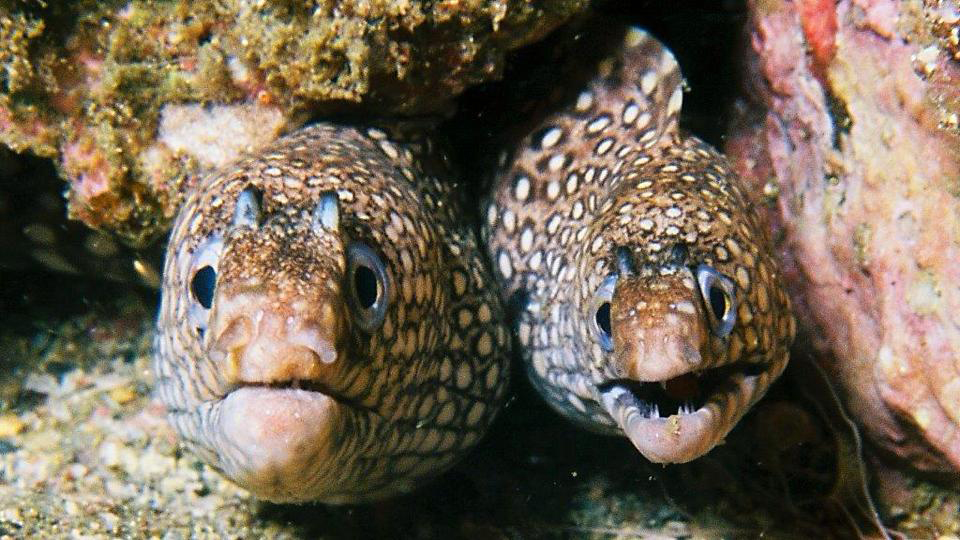
From: $85
2 Tank Dive – Papagayo Area
The Papagayo area has over 20 local dive sites all within about 10 to 20 minutes from shore.
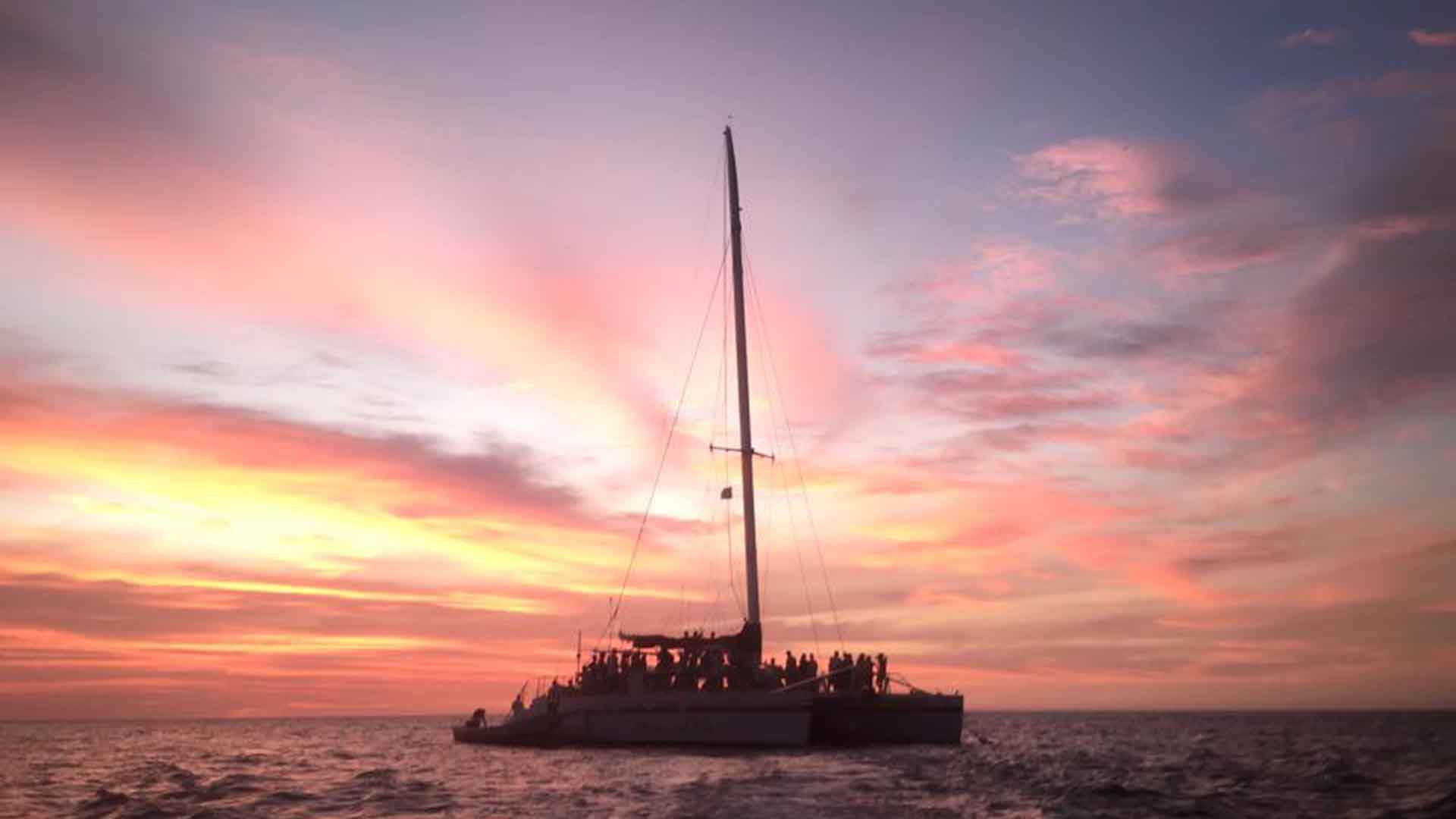
From: $95
Catamaran Sailing & Snorkeling
Sail along Costa Rica’s Pacific coastline on this Catamaran Snorkeling and Sailing Tour
Top Diving Packages in Gulf of Papagayo
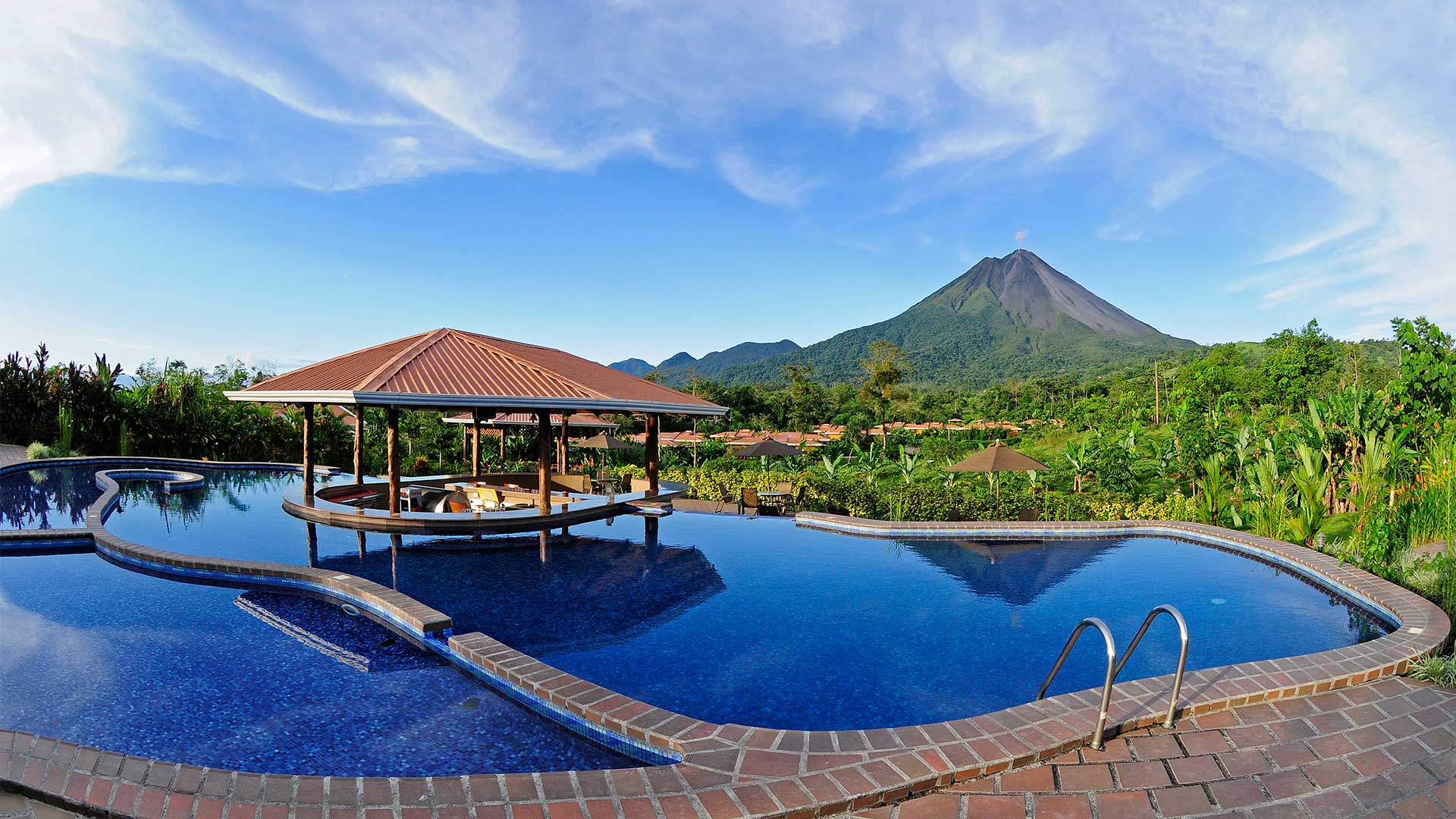
From: $1326
Dive Costa Rica – Beach & Volcano Loop Package
Get to know the beauty and biodiversity of Costa Rica by land and sea on this great combo package
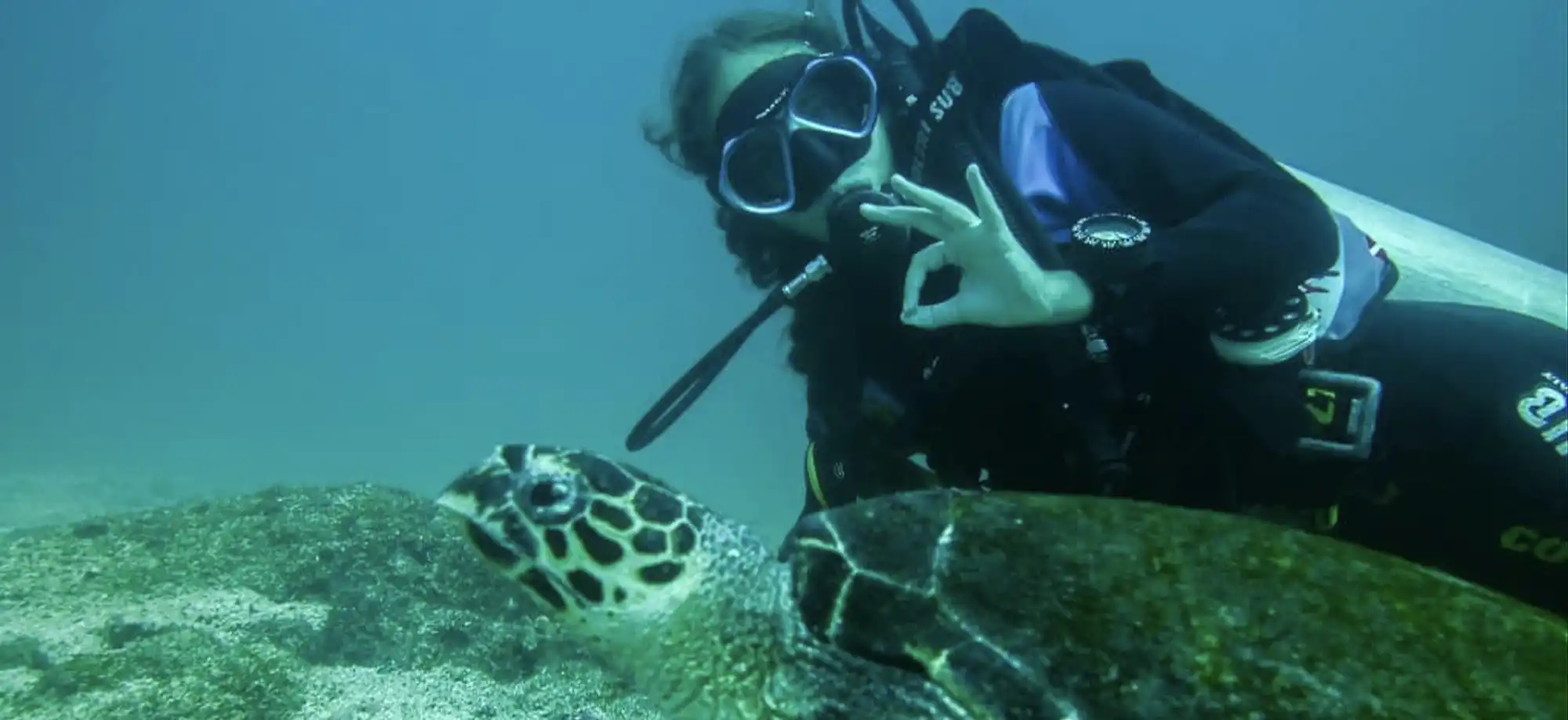
From: $2405
Enchanting Costa Rica – Coast to Coast: Rainforests to Beaches
This 12-day journey takes you from lush rainforests to pristine beaches, blending adventure, nature, and relaxation
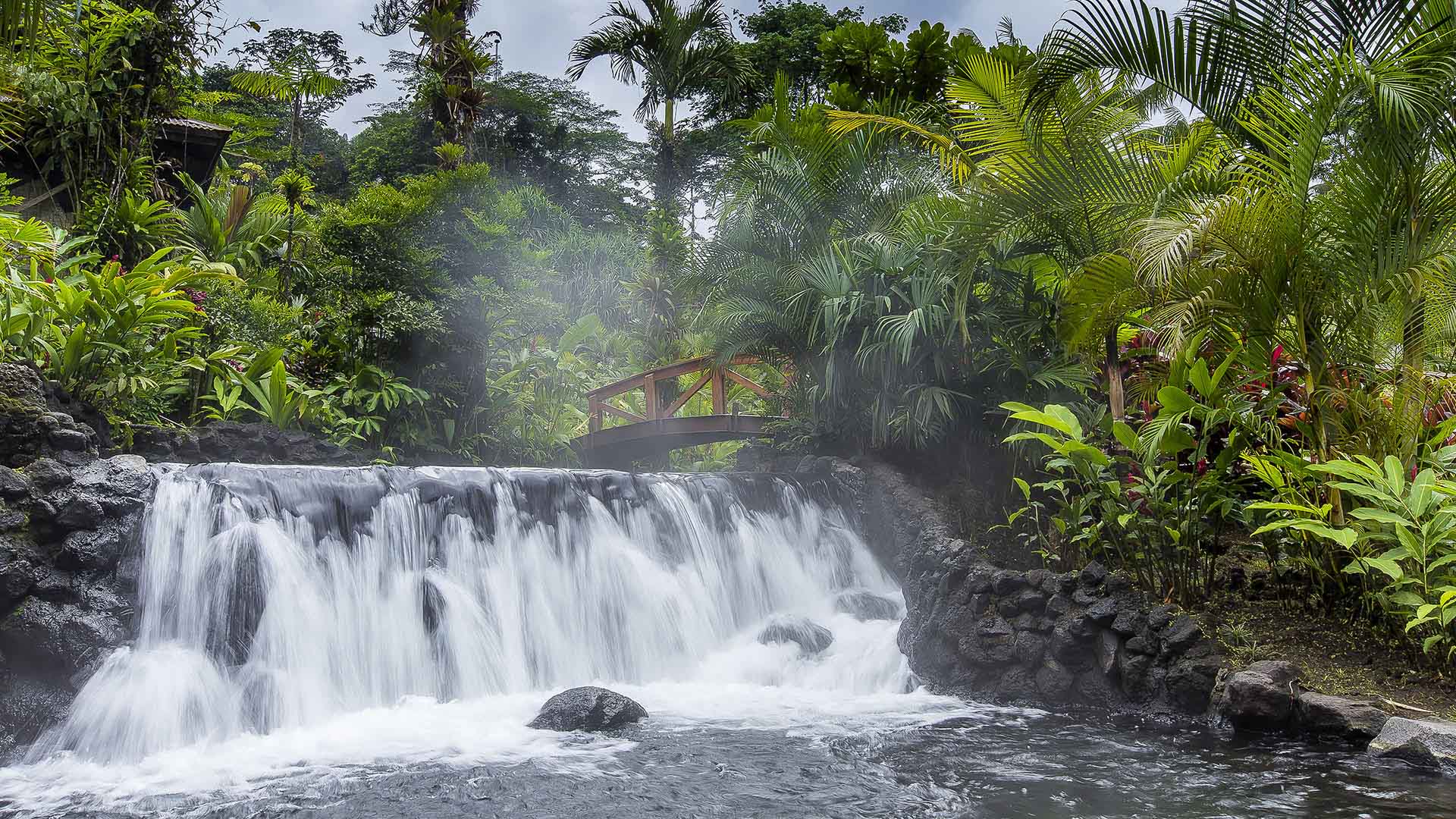
From: $1623
Experience Costa Rica Scuba Diving Package
Enjoy an unforgettable adventure featuring stunning landscapes, thrilling activities, and vibrant wildlife
Catalina Islands
Overview:
This archipelago of rocky islets is famous for manta ray encounters and clean-water pelagic dives.
Top Marine Life:
Giant Pacific manta rays, reef sharks, devil rays, mobulas, sea turtles, octopus, moray eels, and the occasional whale shark.
Best Time to Dive:
November to April for peak manta season. Diveable year-round.
Experience Level:
Intermediate. Some sites require buoyancy control and comfort with mild current.
Type of Diving:
Boats depart from Coco, Hermosa, and Flamingo. Travel time: 30–45 minutes.
Access & Logistics:
Launch from Playa Hermosa, Playas del Coco, Flamingo or Tamarindo. Boat rides: 10–20 minutes.
Insider Tip: Stay midwater — mantas cruise by slowly when cleaning.
Top Diving Tours in Catalina Islands

From: $150
2 Tank Dive – Catalina Islands
This archipelago of around 20 small islands offers diving adventures with encounters with a variety of marine animals.
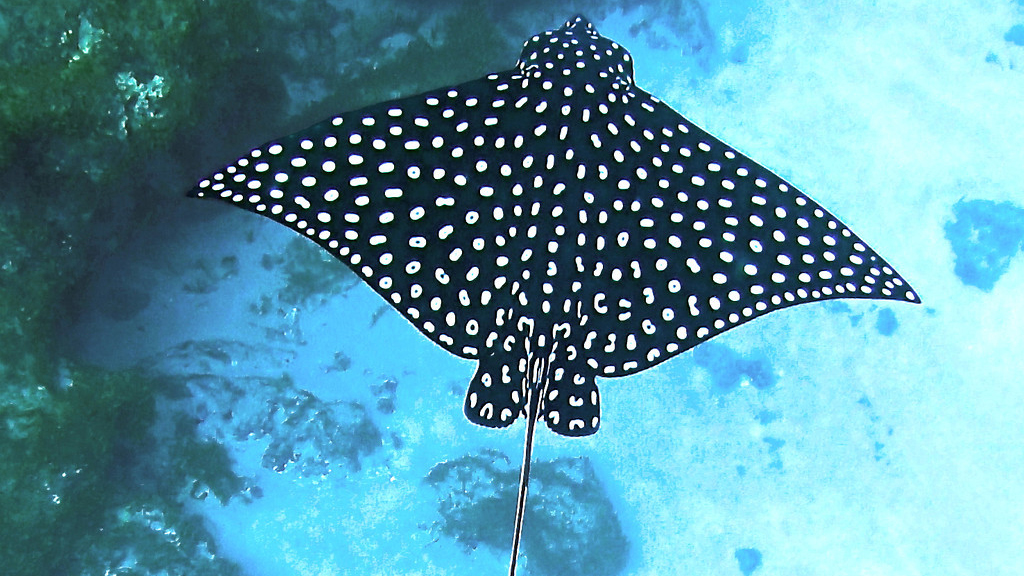
From: $130
2 Tank Dive – Tamarindo
Scuba Divers diving from Tamarindo will enjoy exploring the underwater volcanic pinnacles.
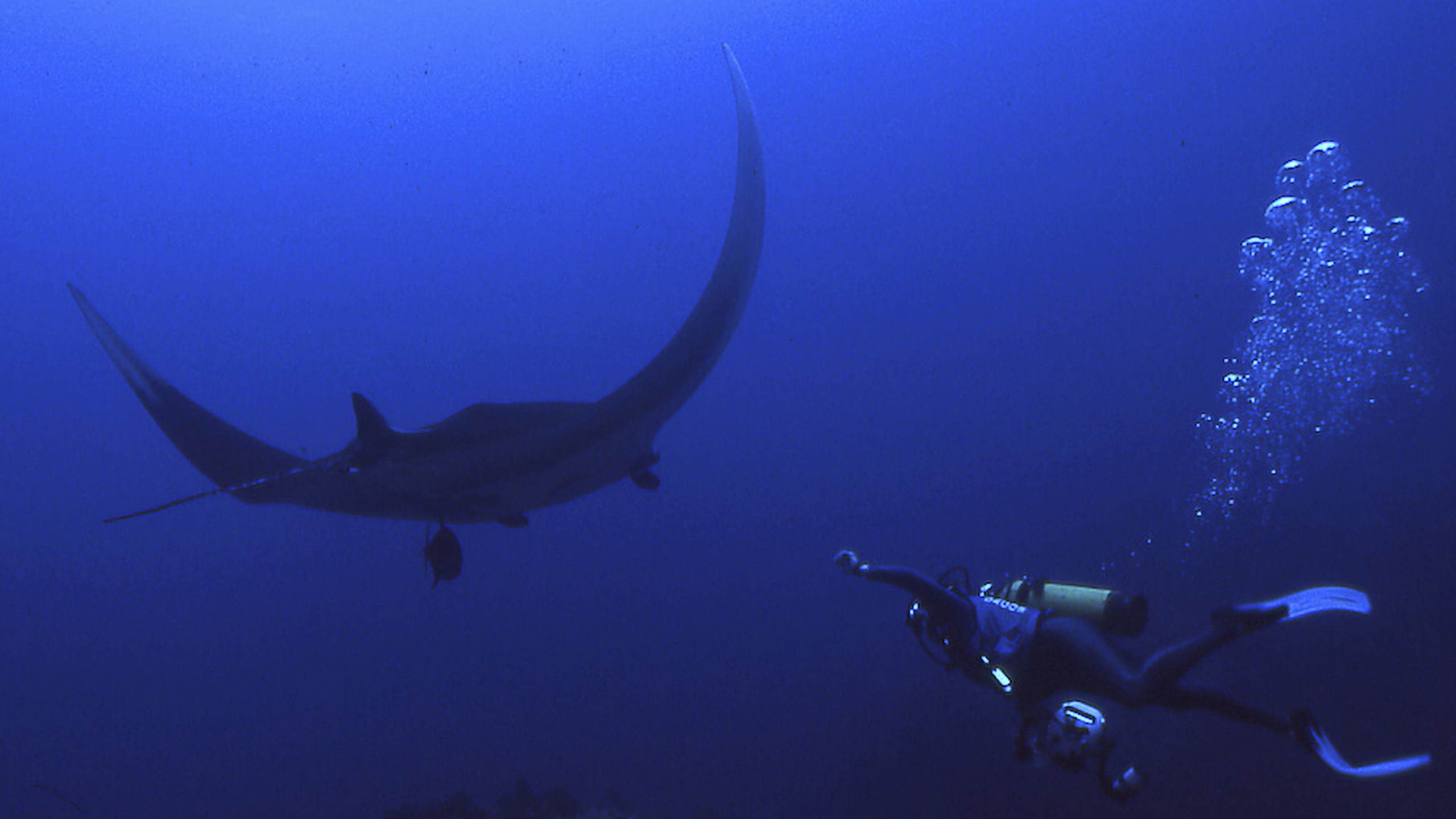
From: $95
2 Tank Dive – Flamingo, Conchal
Scuba Divers diving from Playa Flamingo, Tamarindo or the Gulf of Papagayo will get the chancec to dive at Catalina Island.
Top Diving Packages in Catalina Islands

From: $1623
Experience Costa Rica Scuba Diving Package
Enjoy an unforgettable adventure featuring stunning landscapes, thrilling activities, and vibrant wildlife

From: $1326
Dive Costa Rica – Beach & Volcano Loop Package
Get to know the beauty and biodiversity of Costa Rica by land and sea on this great combo package
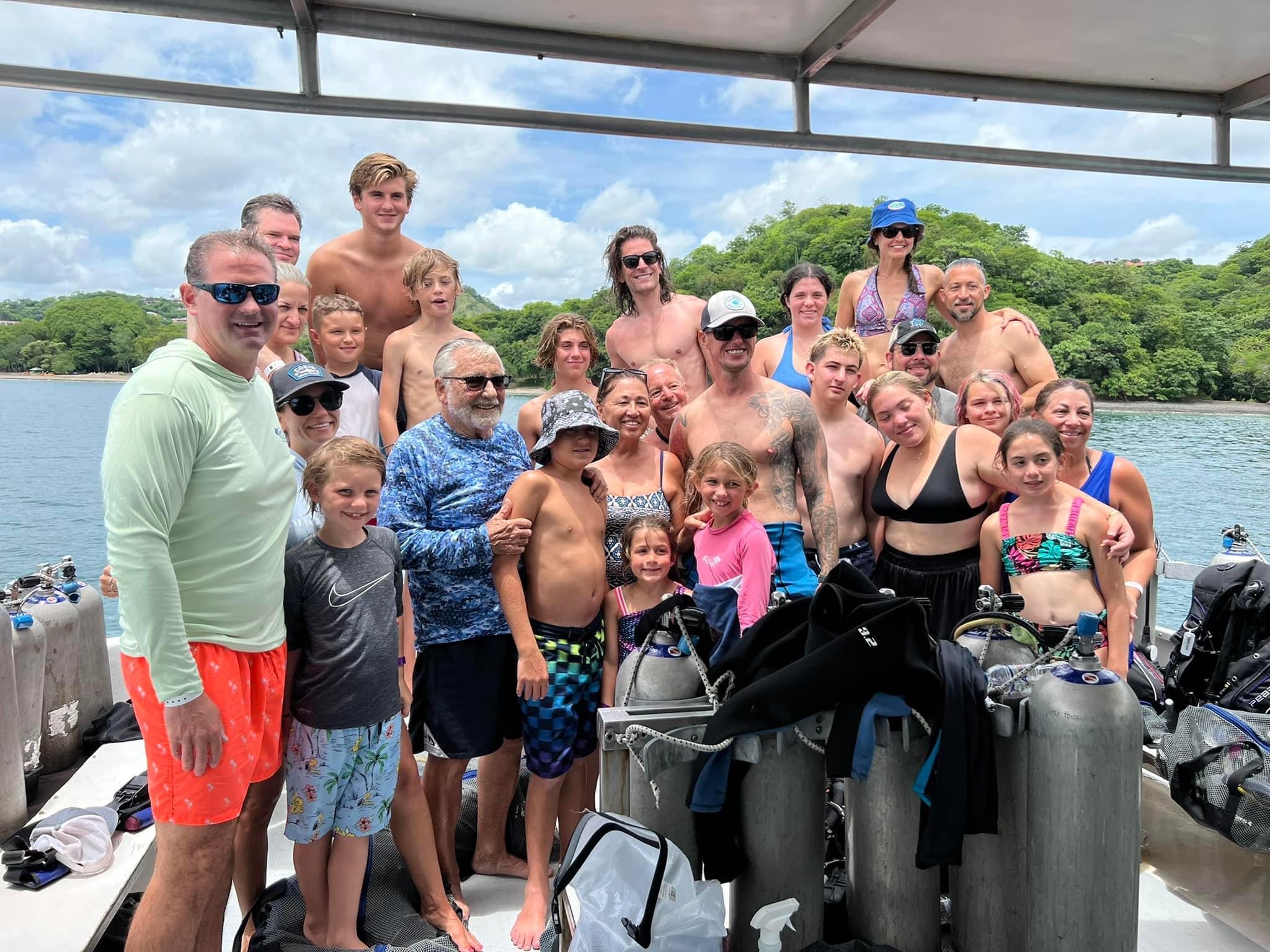
From: $1388
Discover Scuba Beach & Volcano Combo
This week long adventure in Costa Rica will inspire families and create fun and memories that last!
Bat Islands
Overview:
Costa Rica’s most adrenaline-fueled dive site, located inside Santa Rosa National Park. Not for the faint of heart.
Top Marine Life:
Bull sharks (8–12 ft), eagle rays, barracuda, manta rays, schooling jacks, and possible whale shark sightings.
Best Time to Dive:
May to November, when crossing conditions are calmest.
Experience Level:
Advanced only. Strong currents, surge, and depth.
Type of Diving:
Deep ocean pinnacles, big animal encounters, limited visibility.
Access & Logistics:
Full-day boat trips from Playa Hermosa or Coco. Park fees and advance booking required.
Insider Tip: The Big Scare is legendary for a reason — come mentally prepared, not just certified.
Top Diving Tours in Bat Islands
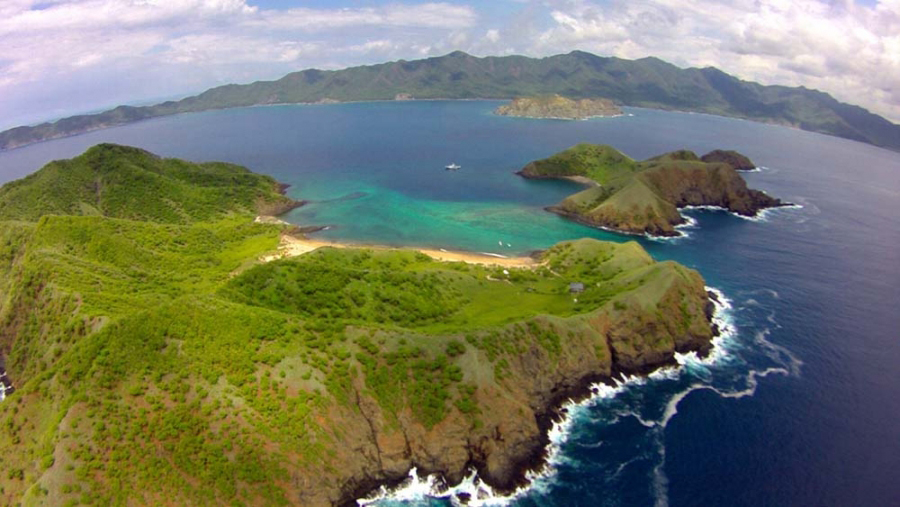
From: $165
2 Tank Dive – Bat Islands
Explore the depths alongside bull sharks and vibrant schools of fish in one of Costa Rica’s premier dive destinations

From: $95
Catamaran Sailing & Snorkeling
Sail along Costa Rica’s Pacific coastline on this Catamaran Snorkeling and Sailing Tour

From: $95
2 Tank Dive – Flamingo, Conchal
Scuba Divers diving from Playa Flamingo, Tamarindo or the Gulf of Papagayo will get the chancec to dive at Catalina Island.
Top Diving Packages in Bat Islands

From: $1326
Dive Costa Rica – Beach & Volcano Loop Package
Get to know the beauty and biodiversity of Costa Rica by land and sea on this great combo package

From: $1623
Experience Costa Rica Scuba Diving Package
Enjoy an unforgettable adventure featuring stunning landscapes, thrilling activities, and vibrant wildlife

From: $1388
Discover Scuba Beach & Volcano Combo
This week long adventure in Costa Rica will inspire families and create fun and memories that last!
Manuel Antonio
Overview:
Rainforest meets reef at this scenic, accessible dive region. Great for pairing wildlife tours with underwater time.
Top Marine Life:
Turtles, reef sharks, octopus, seahorses, puffers, lobsters, and eels.
Best Time to Dive:
December to May for best surface and visibility conditions.
Experience Level:
Beginner to Intermediate.
Type of Diving:
Rocky reefs, caverns, volcanic structures.
Access & Logistics:
Boat launches from Quepos Marina. Dive sites within 15–20 minutes.
Insider Tip: Pair it with a morning visit to Manuel Antonio National Park for sloths and monkeys.
Herradura
Overview:
A laid-back beach town with surprisingly rich dive sites — including manta ray cleaning stations.
Top Marine Life:
Reef fish, moray eels, turtles, reef sharks, rays, and giant mantas from January to March.
Best Time to Dive:
December to May is peak season for clarity and mantas.
Experience Level:
Beginner to Intermediate.
Type of Diving:
Shallow reefs, pinnacles, and cleaning stations.
Access & Logistics:
Short 10-minute boat rides from the Herradura marina.
Insider Tip: If you’re in Jaco or Los Sueños, this is the best local option with surprisingly good marine activity.
Tortuga Island
Overview:
A scenic day trip that combines diving with beach time and snorkeling. Great for beginners or relaxing between more intense dives.
Top Marine Life:
Parrotfish, angelfish, stingrays, turtles, eels, scorpionfish. Some small wrecks.
Best Time to Dive:
December to April.
Experience Level:
Beginner.
Type of Diving:
Shallow reefs, easy navigation, calm conditions.
Access & Logistics:
Full-day trips by boat from Puntarenas. Includes lunch, beach stop, and dive/snorkel combo.
Insider Tip: Best for families or mixed groups with divers and non-divers.
Caño Island Biological Reserve
Overview:
A pristine, protected marine reserve off the Osa Peninsula. Caño is all about biodiversity and big schools of fish.
Top Marine Life:
White-tip reef sharks, mobula rays, turtles, snapper, grunts, angelfish, dolphins, humpback whales (seasonal), whale sharks (occasionally).
Best Time to Dive:
Year-round. December to April offers calmer surface conditions.
Experience Level:
Beginner to Intermediate (some deeper sites like Bajo del Diablo are more advanced).
Type of Diving:
Volcanic rock structures, reef walls, pinnacles, open-water sites.
Access & Logistics:
Launch from Drake Bay. Multi-dive day trips or combo tours with Corcovado. Permits required.
Insider Tip: Combine with a land excursion to Corcovado National Park for a full nature immersion.
Cocos Island (Liveaboard Only)
Overview:
A remote liveaboard-only destination — consistently ranked one of the world’s best dive sites. Think “schooling hammerheads” and you’re in the right place.
Top Marine Life:
Hammerheads, Galapagos sharks, whale sharks, tiger sharks, manta rays, marble rays, sailfish, tuna, and 27+ endemic species.
Best Time to Dive:
June to November for peak pelagic activity and cooler nutrient-rich water.
Experience Level:
Advanced. Strong currents, deep sites, multiple dives per day.
Type of Diving:
Bluewater pinnacles, drop-offs, strong upwellings, large marine aggregations.
Access & Logistics:
8–10 day liveaboard trips. Depart from Puntarenas. Crossing: ~36 hours each way.
Insider Tip: This is not a luxury vacation — it’s a hardcore dive expedition. Bring your own gear, extra layers, and your best camera.
